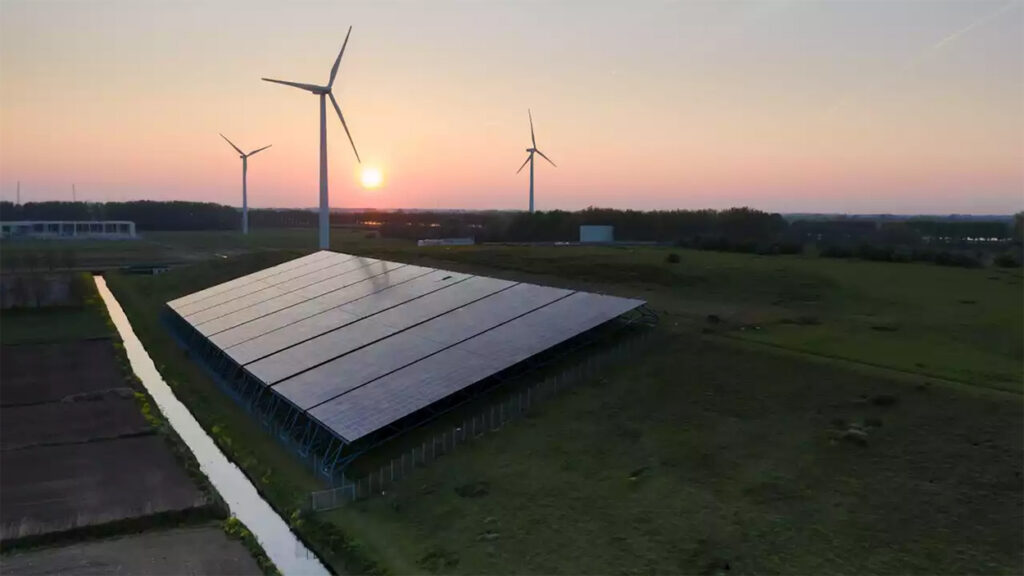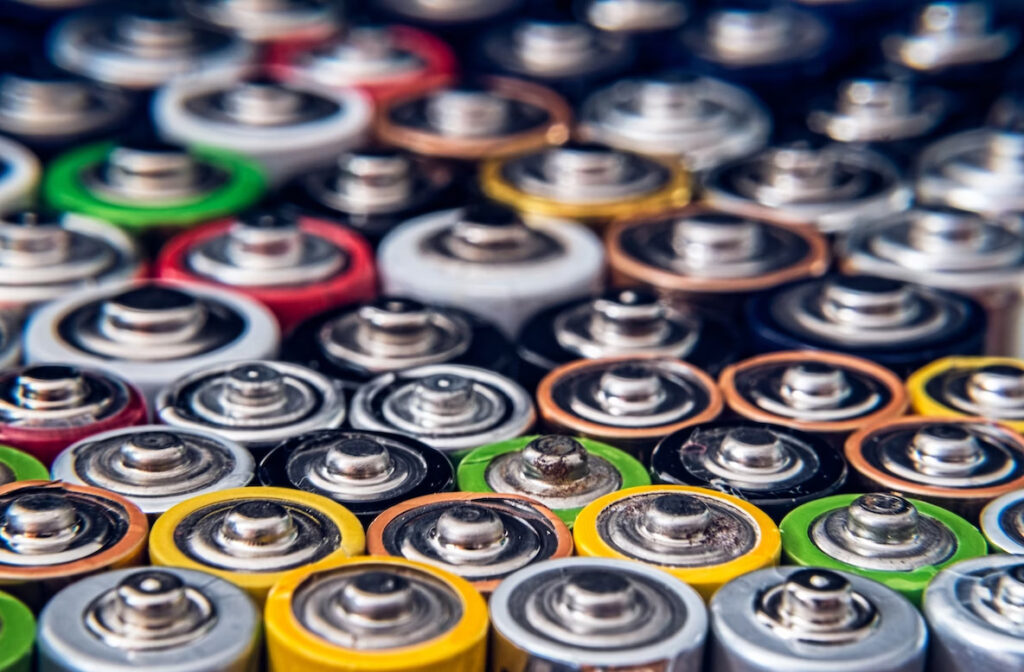Low-Light Photovoltaic Cell Can Disrupt the Disposable Battery Market

Most people worldwide depend on disposable batteries, which are useful for many essential gadgets, including radios, clocks, timers, flashlights, recorders, etc. However, it is frustrating if the batteries lose power at the most inopportune time.
Disposable battery packs are typically stamped with their estimated shelf life. However, the clock starts counting from their date of manufacture. However, you do not know how long the battery packs have been on display. Thus, you should look for the expiry date directly printed on the disposable batteries. After the expiry date, you will likely have less than 80 percent of the remaining charge.
Many consumers prepare for emergencies by buying disposable batteries in packs since they are affordable. However, they should know that even if the batteries are not used, they will go flat eventually. Thus, buying only what you need and at least a spare set is better. On average, a person uses eight disposable batteries annually. That is about three billion batteries based on the current U.S. population levels. Since most recycling facilities are unavailable in all regions, most batteries end up in landfills.
Protecting the environment
Disposable batteries contain chemicals that are harmful to the environment. When the batteries dumped in the landfill leak, toxic chemicals can seep into underground waterways, creeks, rivers, and oceans.
There is a viable solution to this long-standing problem with disposable batteries. A California-based startup, Ambient Photonics, will release low-light photovoltaic cells soon.
Several devices, like calculators, have photovoltaic cells, but their power usage is low, so the energy drain is minimal. However, the energy demands from modern devices with Bluetooth, WiFi, and sensors,
According to the company, their low-light photovoltaic cells are three times more powerful than standard technology in light-to-electrical energy conversion. They said they used proprietary molecules capable of absorbing light across the spectrum to increase power.
Commercial scale production
Ambient Photonics announced that they would replace the disposable batteries of the devices produced by their partner, Universal Electronics. The latter is a leading manufacturer of control products for entertainment, smart homes, climate management, and sensors. They also produce parts, chips, and software for wireless security, automation, and consumer electronics. Ambient Photonics have already set up their production facility in California.
Focus on indoor solutions
In an interview, Bates Marshall, the co-founder and CEO of Ambient Photonics, explained that while countries build solar farms to produce clean energy, they do not energize devices that use disposable batteries. Mr. Marshall has over 15 years of electronics and semiconductors experience.
He added that to have a key reduction in carbon emissions from electronic devices, solutions such as low-light energy harvesting technologies must be commercially produced for connected devices, such as IoT devices, remotes, and sensors. Ambient cells can power these indoor electronic devices, which are part of people’s daily lives. The company’s low-light photovoltaic cells will be an alternative power source to prevent e-waste from toxic disposable batteries. He said they saw the chance to provide an excellent solution for an overlooked market segment.
Improvements and innovations
Ambient’s solar cells differ from the solar cells used in solar calculators. These solar cells use amorphous silicon PV cells, which do not produce sufficient power in low-light operational conditions. On the other hand, Ambient’s solar cells generate more than triple the power of amorphous silicon cells at a lower price. The company’s cells are the only energy-harvesting technology to control photons across the light spectrum and produce over 90 percent photon conversion efficiency in indoor and outdoor low-light conditions.
Moreover, Ambient cells can inspire industrial designers to improve PV cell design. Their cells are made-to-order for high-volume orders from manufacturers of electronic devices. Thus, they can be produced in various shapes and sizes compared to amorphous silicon cells that must be relatively larger to provide enough power. Further, the Ambient cells do not need to be connected to a series. One custom-sized Ambient cell can produce the energy the device needs.
Solar cells are typically dye-sensitized to produce electrical power. Ambient Photonics reinvented the dye-sensitized solar cell (DSSC) chemistry by developing over 40 new proprietary organic sensitizer molecules they already patented.
It took Ambient Photonics, led by Dr. Kethinni Chittibabu, the company’s co-founder and CTO, two decades of research on printable photovoltaic applications before they could apply the technology to their product. They said they can optimize their solar cells to harvest light from various indoor sources.
Since they are already in commercial production, the challenge they face now is to reduce production costs further to make the cells more affordable and find partners to help them improve product design.
